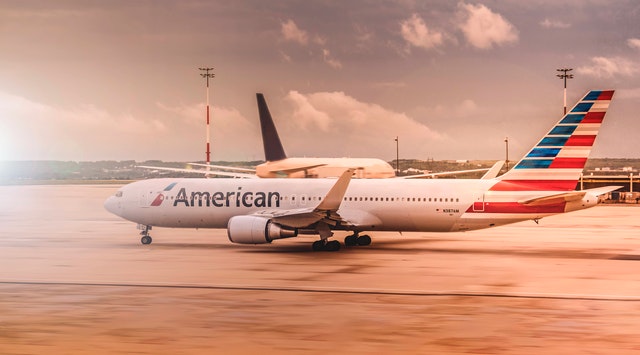To fly or not to fly? Why do some airlines deem it safe to fly while others stay grounded during volcanic ash cloud disruptions?
In June 2017, the volcanic ash clouds from the eruption of Chile’s Mt Puyehue Cordon Caulle volcano disrupted the travel plans of thousands of travelers. In addition, they ground hundreds of flights in Australia and New Zealand. While no one blames the airlines for this event, confusion emerged when some airlines such as Air New Zealand and Emirates continued to operate while others like Qantas and Jet Star stayed grounded.
For those airlines that remained grounded, were they playing it safe? And if one airline continues to fly, does that mean it is taking risks? Can an airline fly safely under or around an ash cloud, and if yes, why not all airlines? And why does one airline provide accommodation for affected travelers while others don’t?
Grounding Flights During Volcanic Ash Clouds
Something is comforting about your flight being grounded due to volcanic ash clouds in the flight path. Make no mistake. It is inconvenient, but if the recent coverage of the thousands of passengers stranded around Australian and New Zealand airports showed anything, it was overall, travelers understood.
The confusion only began to arise when travelers learned that some airlines continued to fly while others remained grounded. Qantas insisted that company safety standards dictated that where there was the known existence of any volcanic ash in or around a flight path, their flights would not operate. Moreover, because the information available to them could not determine any measure of the ash density, they would not be flying.
This satisfied travelers for the first couple of days but once the grounding of flights was leading into the fourth and fifth day, and other airlines such as Air New Zealand and Emirates continued to operate without any aircraft falling out of the sky, the tide of understanding began to turn against Qantas. Qantas travelers demanded to be transferred to other airlines. I was one of them.
What is the Risk of Flying Under or Around Volcanic Ash Plumes?
One must believe that an airline will not fly if there is any uncertainty about safety. It is a morbid thought, but with each passing day that I was delayed due to the volcanic ash cloud, I was heartened that Air New Zealand and Emirates were continuing to fly without any of the airplanes falling out of the sky.
Air New Zealand insisted that they could see where the ash cloud lay. Therefore, they could safely fly at lower altitudes beneath the ash cloud and skirt around the outside as deemed necessary. Of course, more fuel would be required because the journey takes longer at lower altitudes. Yet as seats were snapped up and flights were taking off without a single spare seat, I do not doubt that they recouped any additional fuel costs.
All the while, rumors started to circulate about why Qantas refused to operate their aircraft. Maybe they didn’t want to pay more for petrol. If this was false, it was understandable. In the last twelve months, Qantas has given redundancy to hundreds of cabin crew and senior-level management. In addition, it has struggled to claw itself into a better state of financial health.
In the past year, the airline has also been plagued by a string of bad press ranging from parts of its new Airbus A380 coming loose in flight, tires bursting on arrival, dramatic losses in cabin pressure causing injury, and continued staffing strikes. So it is no wonder that the airline did not want to enter into any situation that could be misconstrued as unsafe.
Communication with and Alternative Arrangements for Disrupted Travellers
When a natural event disrupts travelers on this volcanic event’s scale, the accurate measure of an airline’s contingency processes is rigorously tested. It also reminds travelers of some fundamental home truths when flying.
All airlines seek to give as much notice of disruptions to travelers as quickly as possible. But they need the traveler’s contact information to do so. Therefore, when you make a flight booking, you advise the airline of your mobile phone number and frequent flyer number. For example, duringWe were phoned and texted by Qantas during this disruption to notify of delays.
In the event of a weather disruption out of the airline’s control, it is not the airline’s responsibility to find accommodation for travelers. A few airlines will see it as a gesture of goodwill. However, it is unreasonable to expect an airline to accommodate thousands of disrupted travelers for an indefinite time due to an event beyond their control.
An event such as this is a timely reminder of why travelers should never travel without travel insurance. Travel insurance should always be factored into the cost of travel. My travel insurance for this trip saved us thousands of dollars in additional flights and accommodation.
Volcanic Ash Disruptions to Air Travellers
The grounding of flights in Australia and New Zealand during the recent Chilean volcano ash plume was controversial. Qantas played it safe but will have suffered for it financially to the tune of reportedly AUD21 million. However, air New Zealand modified its aircraft patterns, minimized disturbance, and emerged victorious on the day.




